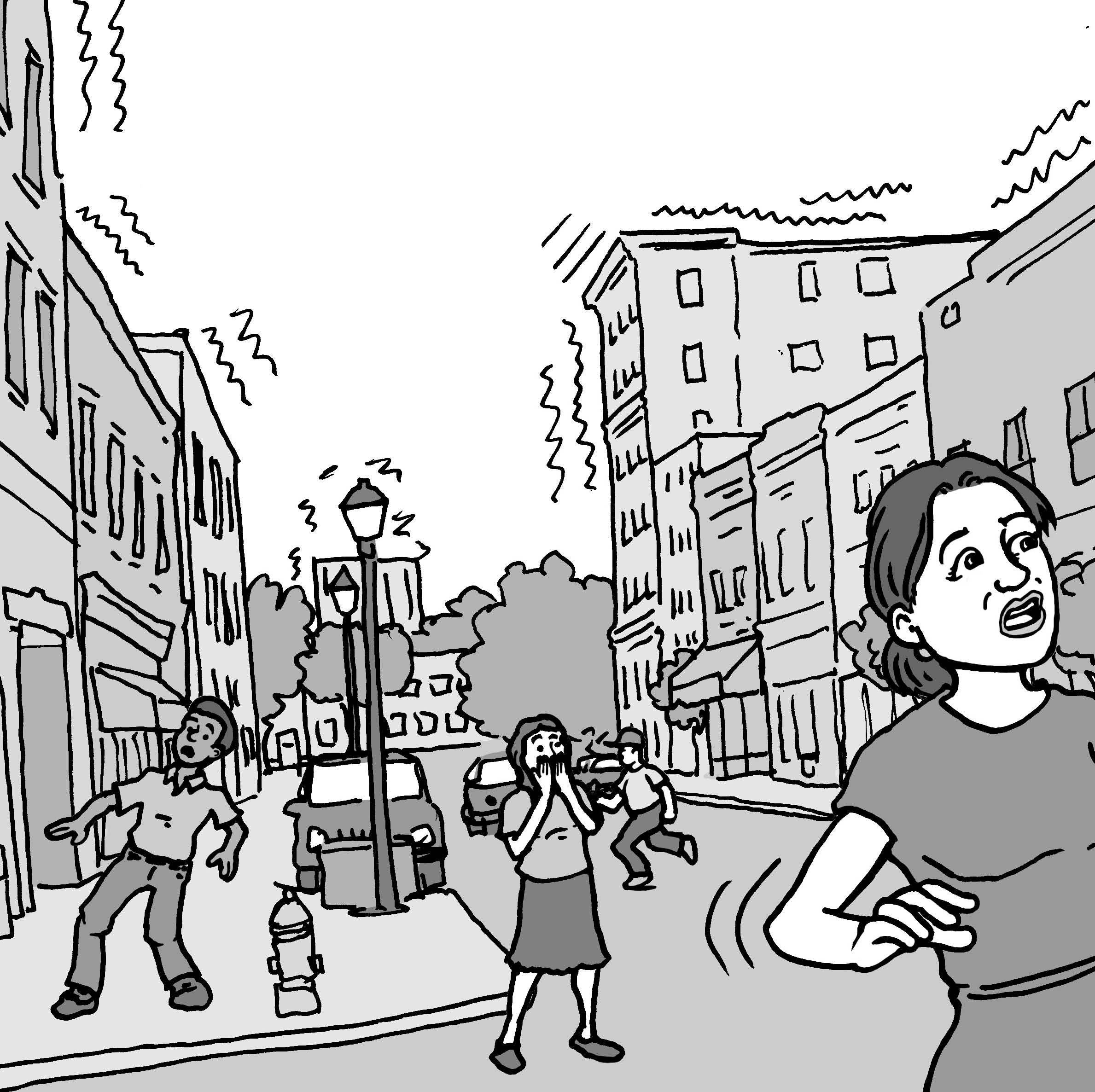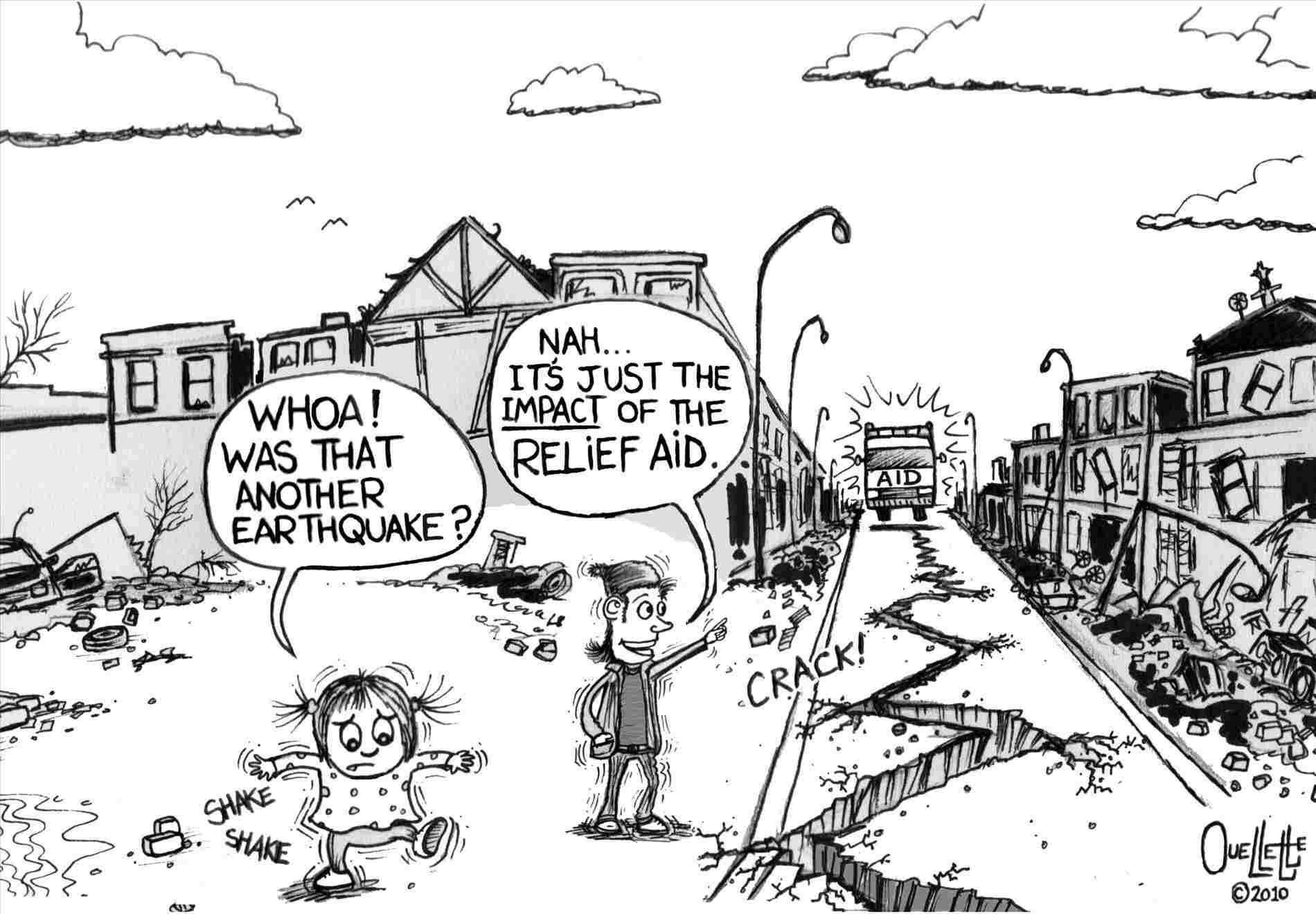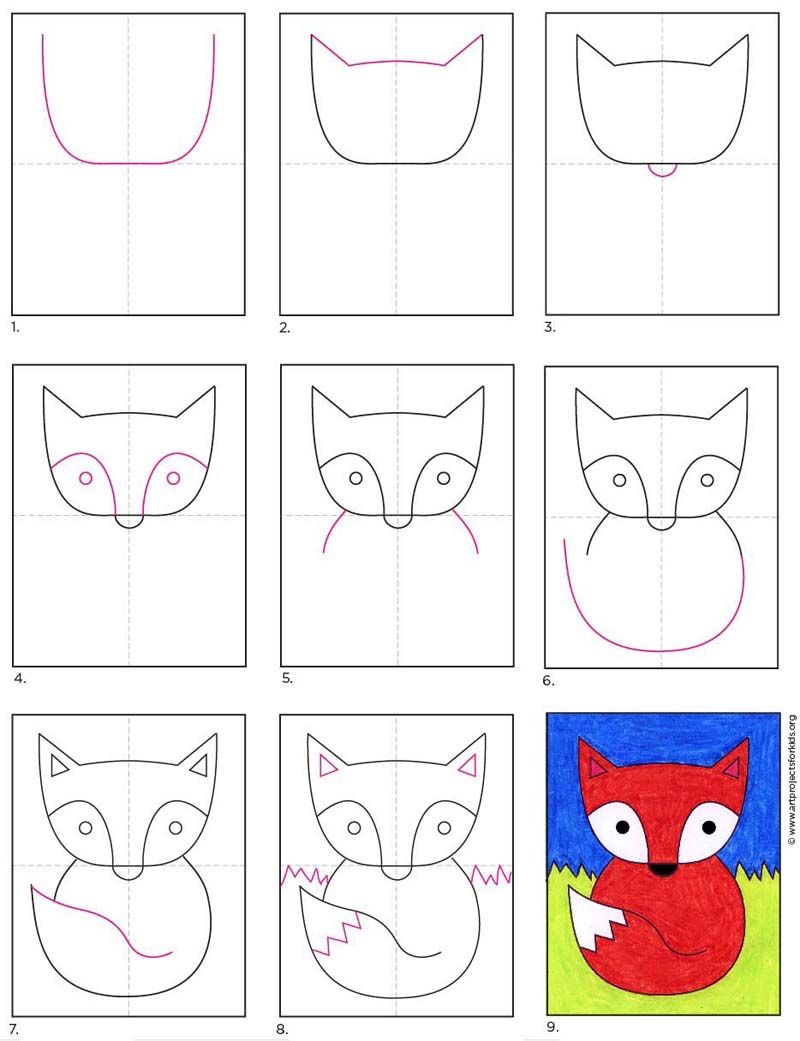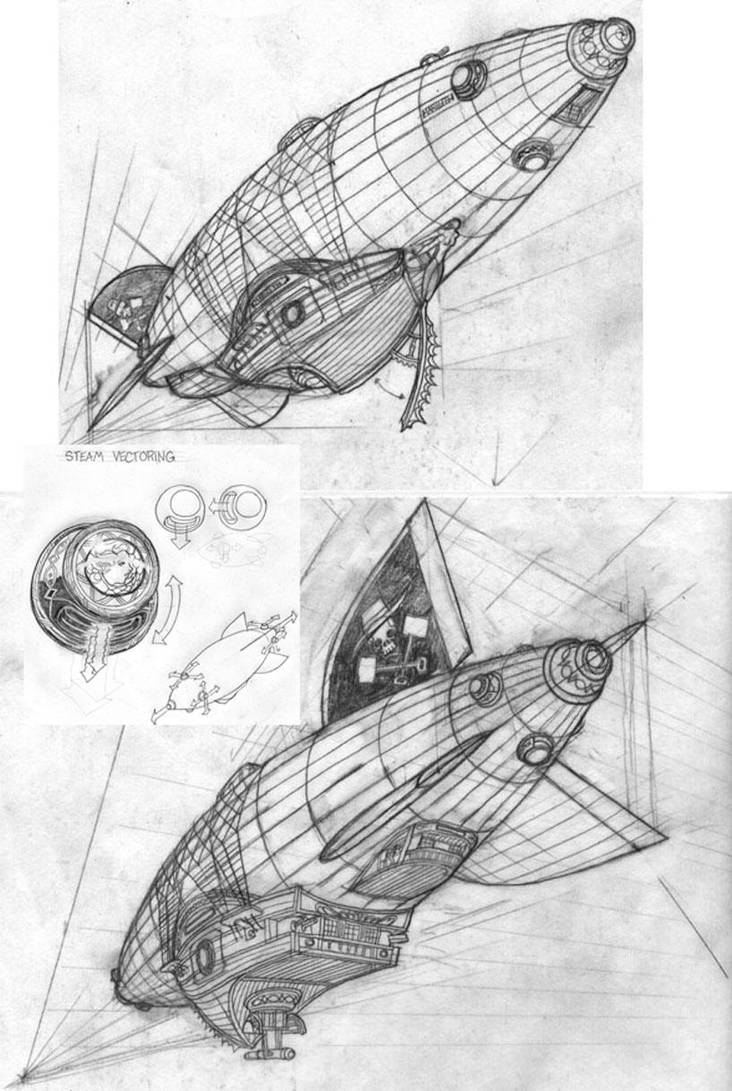How to draw an earthquake
Table of Contents
Table of Contents
People often struggle with the question, “How do you draw an earthquake?” Drawing an earthquake might appear to be a daunting task, but with the right steps and guidance, it can be accomplished with ease. This blog post will provide you with the necessary tips and tricks to draw an earthquake that is realistic and breathtaking.
Pain Points Related to Drawing an Earthquake
Inability to sketch an earthquake that looks realistic or has a terrifying effect is a significant pain point that many people experience. Sometimes, people are not sure about the type of sketch that will convey the chaos and confusion that comes with an earthquake. They also struggle with deciding which drawing tools and colors are best for creating an earthquake sketch. The fear of making mistakes while drawing is another common concern.
Answering the Question of How to Draw an Earthquake
The first step in drawing an earthquake is to select the appropriate drawing tools and colors. At this point, it is crucial to decide on the type of earthquake you wish to sketch. Familiarize yourself with the different types of earthquakes and their effects and choose the one you want to draw. To convey the sense of chaos and confusion typical of an earthquake, it’s essential to use diagonal and curved lines while sketching the cracks and fissures. This adds to the realistic effect of your drawing.
Summary of the Main Points
This blog post has covered some essential tips and tricks on how to draw an earthquake, that you may consider useful. It has touched on the selection of drawing tools and colors, the type of earthquake to sketch, and using diagonal and curved lines to make your earthquake sketch look realistic.
Experience Drawing an Earthquake
The best way to learn how to draw an earthquake is through practical experience. To improve my earthquake sketching skills, I challenged myself to sketch an earthquake that looked realistic. I used scratch paper to practice different styles of earthquake sketches, mixing colors and lines until I found a design I was comfortable with. The key is to experiment with different styles and tools until you find the one that works best for you.
 Drawing Tools and Colors to Use
Drawing Tools and Colors to Use
The type of drawing tools and colors you use are critical when it comes to drawing an earthquake. Earthquakes occur when tectonic plates move, causing vibrations on the earth’s surface. To capture this movement, it’s advisable to use various shades of brown colors or create a gradient. Green, blue, and red can also be added to convey different earthquake effects.
 ### Drawing Curved and Diagonal Lines
### Drawing Curved and Diagonal Lines
When sketching an earthquake, one of the essential techniques to master is drawing diagonal and curved lines. These lines help to convey the feeling of chaos and confusion caused by an earthquake. Sketching these lines can be a bit challenging, but it’s vital to take your time and practice with different line thicknesses until you feel comfortable.
 #### Different Types of Earthquakes
#### Different Types of Earthquakes
There are three primary types of earthquakes - normal, reverse, and strike-slip. A normal earthquake occurs when tension causes the rocks around a fault to break apart, while the reverse happens due to compressional forces. A strike-slip earthquake is caused by the shifting of debris along a fault. It is essential to research each type of earthquake to understand its unique characteristics and effects.
 Importance of Practicing Earthquake Sketches
Importance of Practicing Earthquake Sketches
Consistent practice is vital to improving your earthquake sketching skills. Keep in mind that the more you practice, the easier it becomes to sketch a realistic earthquake. As you gain more experience, you can start to experiment with different styles of earthquake sketches, colors, and techniques.
Question and Answer about Drawing an Earthquake
Q1: Which colors should I use when sketching an earthquake?
A1: Different shades of brown and green colors are usually used to capture the essence of an earthquake.
Q2: Is it necessary to become a professional artist to draw an earthquake?
A2: No, it is not necessary to become a professional artist to draw an earthquake. With consistent practice and the right guidance, anyone can learn to sketch an earthquake.
Q3: Are there any videos I can watch to learn how to draw an earthquake?
A3: Yes, there are several videos on YouTube that provide step-by-step instructions on how to draw an earthquake.
Q4: How can I make my earthquake sketches look realistic?
A4: You can make your earthquake sketches look realistic by incorporating diagonal and curved lines, using different shades of brown and green colors, and experimenting with different techniques.
Conclusion of How to Draw an Earthquake
Drawing an earthquake may seem challenging, but with the right steps and tools, it is possible to create a realistic and breathtaking sketch. This blog post has touched on critical tips and tricks to help you draw an earthquake that looks authentic and breathtaking. Keep practicing, and you will soon become a pro at sketching an earthquake!
Gallery
How To Draw An Earthquake - Really Easy Drawing Tutorial

Photo Credit by: bing.com / earthquake easydrawingguides
How To Draw An Earthquake - Really Easy Drawing Tutorial

Photo Credit by: bing.com / earthquake
Best Health Supplement: Earthquake Drawing Easy Step By Step / Easy

Photo Credit by: bing.com / earthquake paintingvalley christchurch
Earthquake Drawing At GetDrawings | Free Download

Photo Credit by: bing.com / earthquake drawing getdrawings
16+ Reasons Your Drawing Of Earthquake For Kids Is Not What It Could Be
Photo Credit by: bing.com / getdrawings





